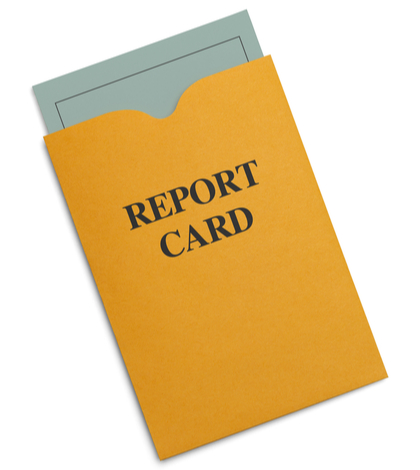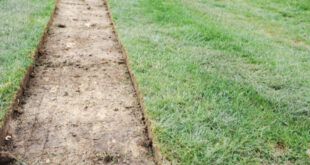Felicia Federico, executive director of UCLA’s California Center for Sustainable Communities and the lead author – along with a team of recent UCLA graduates — of the center’s latest environmental report card, indicated that whereas the city has a long way to go toward water sustainability, but help is on the horizon.
While the center’s latest environmental report card gave Los Angeles County an overall passing C+ mark for water sustainability, it was the dismal grades polluted groundwater and water bodies that brought down the overall average grade. Formally known as the 2019 Sustainable LA Grand Challenge Environmental Report Card for Los Angeles County on Water, the report card especially cited the pollution within the Los Angeles River.
“The report card underscores the scope and complexity of considerations around sustainability,” said Federico. “Creating a local and sustainable water system for all of Los Angeles County will require new collaborative approaches and systems-thinking, as well as vast improvements by state agencies in data management and public access.”
However, the UCLA researchers have reason to believe that there will be improvement in a few of the most problematic areas in the coming years. LA County’s Measure W is expected to generate $300 million annually for stormwater capture and cleaning projects starting in 2020.
Additionally, Federico noted that, “Recent commitments from the city and county to source more water locally and new investments in stormwater projects should help bring up grades, but there is a lot of work ahead.”
In brief, the report scored Los Angeles County (LAC) as follows:
Water supply and consumption: C+
- Approximately 60 percent of water used in LAC is imported from hundreds of miles away. In the city of Los Angeles, 90 percent of water is from outside the region. Importing water from far away sources strains water supplies in other regions, uses a significant amount of energy and leaves the region’s water supply vulnerable to disasters like earthquakes.
- The volume of reused water increased by approximately 31 percent from 2006 to 2016.
- Between 2000 and 2017, overall per capita water demand dropped by more than 27 percent. However, following the April 2017 declaration that California’s drought had ended, urban water consumption increased by between three and four percent in 2017.
Drinking water quality: B+/incomplete
- Nearly everyone in the LAC has been provided with clean drinking water. But even properly treated water can be contaminated by chemicals like lead as it moves through old pipes inside buildings. The report notes that more testing is needed at the tap.
Local water infrastructure: C+
- LAC’s water infrastructure is aging, but state and local jurisdictions have invested in reducing water loss, decreasing sewage spills, and improving water capture and infiltration.
Groundwater: C-
- Although the county has significant groundwater resources, inland groundwater is under threat from pollution and coastal aquifers are threatened by contamination from seawater intrusion.
Surface water quality: D/incomplete
- The majority of the LAC’s water bodies are polluted and unsafe for recreation, drinking water supply or habitats for aquatic life. Because the most recent data on surface water quality available from the California State Water Resources Control Board is from 2010, it’s unclear whether pollution has gotten better or worse in the last decade.
Industrial and sewage treatment plant discharges: B-
- The quality of treated waste that goes into the ocean has improved over the past few decades, but there is still room for improvement in the interest of protecting human health and coastal ecosystems.
Water-energy nexus: C+
- Pumping water from distant sources is energy-intensive. The State Water Project, which pumps water from Northern California to LAC is the county’s most energy-intensive water source.
- The county decreased its overall water supply-related greenhouse gas emissions by 33 percent between 2010 and 2016, primarily by shifting away from energy generated from coal to power the pumps.
Beach water quality: B+
- Beach water quality tends to be excellent during dry summer weather and poorer during wet weather, when precipitation sends contaminants coastward.
This most recent water report card is the third in a series of environmental report cards produced by the UCLA Sustainable LA Grand Challenge, aimed at transitioning LAC to 100 percent renewable energy, 100 percent locally sourced water, and enhanced ecosystem health by 2050. The UCLA report, which is intended to be updated every few years, is the only comprehensive analysis of the state of the region’s water systems. Researchers analyzed 20 indicators across eight categories
Assisting Federico with the study are authors and recent UCLA graduates Sagarika Subramanian and Anne Youngdahl and, Mark Gold, UCLA’s former associate vice chancellor for environment and sustainability. Other contributing authors are UCLA graduates Sonali Abraham, Melanie Garcia, Jamie Liu, Stephanie Manzo and Mark Nguyen.
 California Water News Daily Your Source For Water News in California
California Water News Daily Your Source For Water News in California


